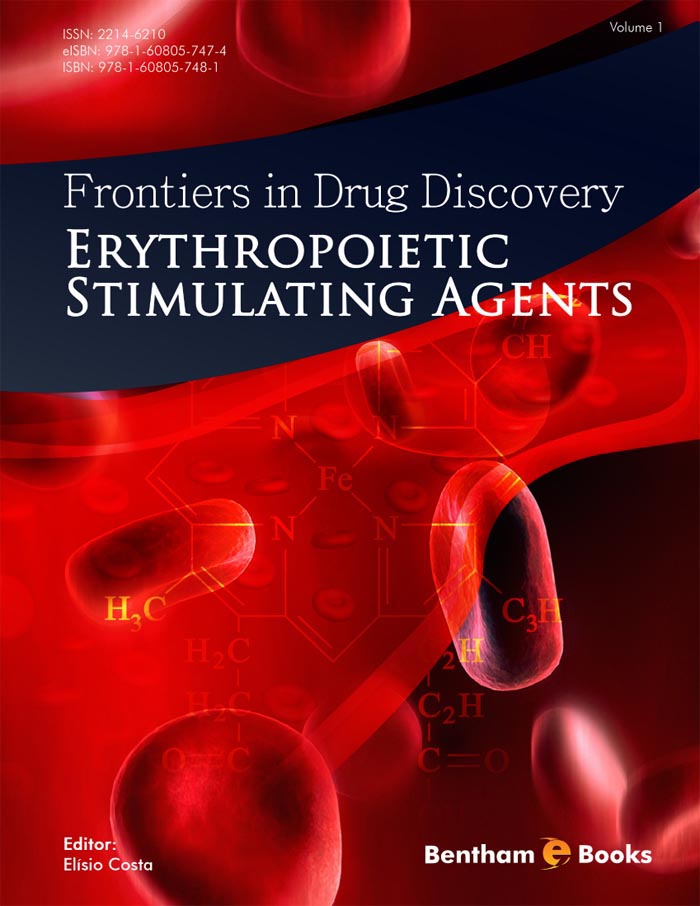Introduction
The development of new erythropoietic stimulating agents (ESAs) has significantly increased in recent years. Researchers are focused on different and interesting concepts, namely, methods to increase half-life of erythropoietin (EPO), finding different routes of administration and new ESA or modified EPO molecules. Scientific literature presents evidence that EPO has other effects beyond erythropoietic stimulation. These pleiotropic effects of EPO appear to result from the existence of two different EPO receptors (EPOR) with different affinities for EPO. The discovery of new EPO actions beyond the hematopoietic system has opened a new field of investigation with these agents. Several molecules have been developed to present the protective action, without the activation of the hematopoietic system. These agents can be potentially used in several diseases of the brain/central and peripheral nervous system, eye, heart and kidney.
This volume of Frontiers in Drug Discovery includes a revision of articles on erythropoiesis and EPO gene regulation, microRNAs and their potential contribution to the development of new therapeutic strategies, animal models for studying kidney disease-associated anemia as well as benefits/risks of ESA therapy. The biological effects of new ESA molecules, heparin-binding erythropoietin and of pHBSP, and the potential applications of ESA, are also elicited in this volume.
This volume is, therefore, a useful reference for medicinal chemists and hematologists interested in drug development and medicine related to ESAs.

